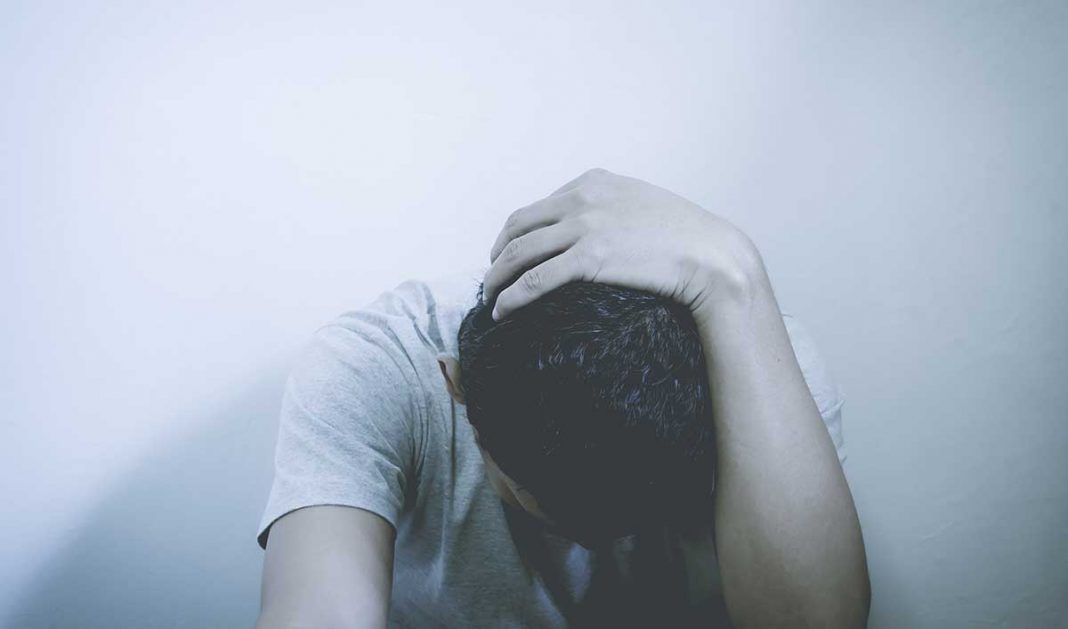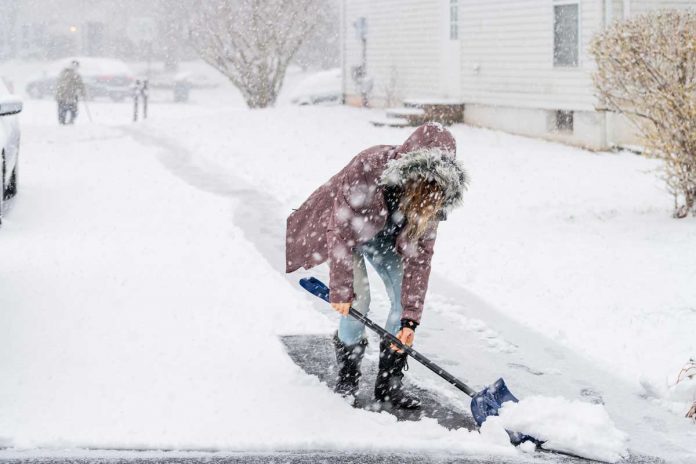New Expositor series examines the hidden crisis of male-victim family violence
EDITOR’S NOTE: The male victim experience of domestic violence and abuse is a topic that warrants closer examination to better understand this under-reported and stigmatized social issue. The Expositor will be exploring various facets of this problem in future editions, beginning with an overview of the plans for the forthcoming CCMF shelter in Toronto.
TORONTO – The first-ever family shelter for abused fathers and children is edging closer to completion following an $80,000 gift from digital technology holding company Grindstone Capital to the Canadian Centre for Men and Families (CCMF), aiming to create a first-of-its-kind facility to support an aspect of domestic violence that is often overlooked by the general population.
“Imagine you and your child live each day in fear of violence, but no one believes you,” said Canadian Centre for Men and Families executive director Justin Trottier. “That is the situation for thousands of fathers every year.”
When thinking of the term domestic abuse, the first mental imagery that likely comes to mind is a raging man taking out his aggressions on a (usually female) partner or young children. While those situations certainly happen, they create a skewed perspective that fails to account for situations when men and their children are the victims of an abusive partner.
Statistics begin to reveal the truth behind domestic abuse and the lack of supports that exist for men. In Canada, 75 percent of all people who die by suicide are men. Police studies show that a majority of family violence victims are women, but when looking at the data for a broader population, the proportions move to nearly equal.
Why would those rates differ? Advocates cite two main reasons. First, male victimization within a family violence context is still heavily stigmatized, with men being more likely to be told to not speak out about their issues or “be a man,” which dismisses the existence of the problem and can make victims less likely to involve law enforcement for issues of this nature.
Secondly, police protocol for handling domestic violence situations tends to work through a gender lens that inherently gives more protection to women present in a situation.
These policies come from a well-meaning place; statistics show that although men and women are victims of domestic abuse nearly equally, when looking at individuals who experience physical harm, those numbers are highly skewed toward female victims. Domestic homicide rates, which involves death at the hands of an intimate partner, show 75 percent being women and 25 percent being men.
But not all incidents involve physical harm, nor are domestic disputes one-sided. Family violence is most often “bilateral,” meaning both sides of a dispute are aggressive and violent.
A British Columbia study of police calls for partner violence incidents in 1993 revealed that officers declined to recommend charges against women 66 percent of the time, whereas they would refuse to recommend charges against men only 20 percent of the time.
In the same province over a five-year average, when men were accused of abusing their partner, 70.4 percent were charged. However, when women were accused of being abusers, only 23.6 percent were charged.
“All of this tends to support the inference that police exercise their discretion in such a way as to treat female perpetrators more leniently than male perpetrators in general,” wrote author Grant A. Brown in a 2004 study within the peer-reviewed journal Sexuality and Culture.
The effects of violence on victims are long-lasting and are important to address. Researchers have found that psychological impacts tend to be similar, regardless of a victim’s gender.
A study of male victims who contacted the US National Domestic Abuse Helpline found 58 percent had post-traumatic stress disorder, 20 percent had experienced extreme violence and more than three-quarters sustained injuries (at an average rate of 11 per person).
The statistics pointing toward a need for facilities for men and families, similar to those that exist for women and families, are compelling and lead to questions of why these centres have not existed to date.
“When we leave out victims because of their gender or sexual orientation—because abuse is also prevalent in same-sex relationships—they feel ignored, it leaves people vulnerable and alone to suffer in silence. Regardless of one’s sexual orientation or gender they should have the same amount of support and also be believed when they talk to their friends and family,” said Mr. Trottier.
Some shelters do exist which are gender agnostic and will welcome all victims of family violence. An example on Manitoulin Island is Wiikwemkoong’s recently opened Nookomisnaang Shelter, although it can only accommodate a limited capacity of clients like all shelters.
The only male-focused shelter currently in existence in Canada is Men’s Resource Centre in Winnipeg, which welcomes victims from across Manitoba to its emergency shelter and also runs healing programs and services.
The national 2017/2018 Survey of Residential Facilities for Victims of Abuse found that of 552 then-operating shelters across Canada, 15 shelters—just under three percent—could accommodate either men or women, as well as their children. There was not a single shelter specifically serving men, or men and their children.
The Men’s Resource Centre was likely included within the 15, as it is run as a sub-program of a women’s shelter.
A 2020 edition of the above survey will be taking place between April and August of this year, which will provide more up-to-date figures on the status of the disparity in the country.




